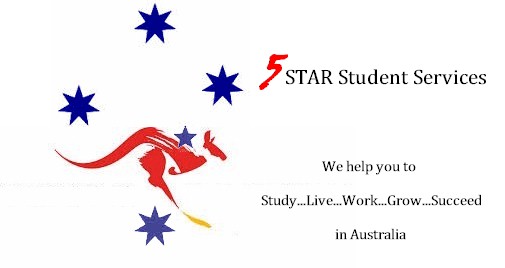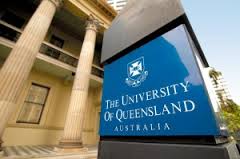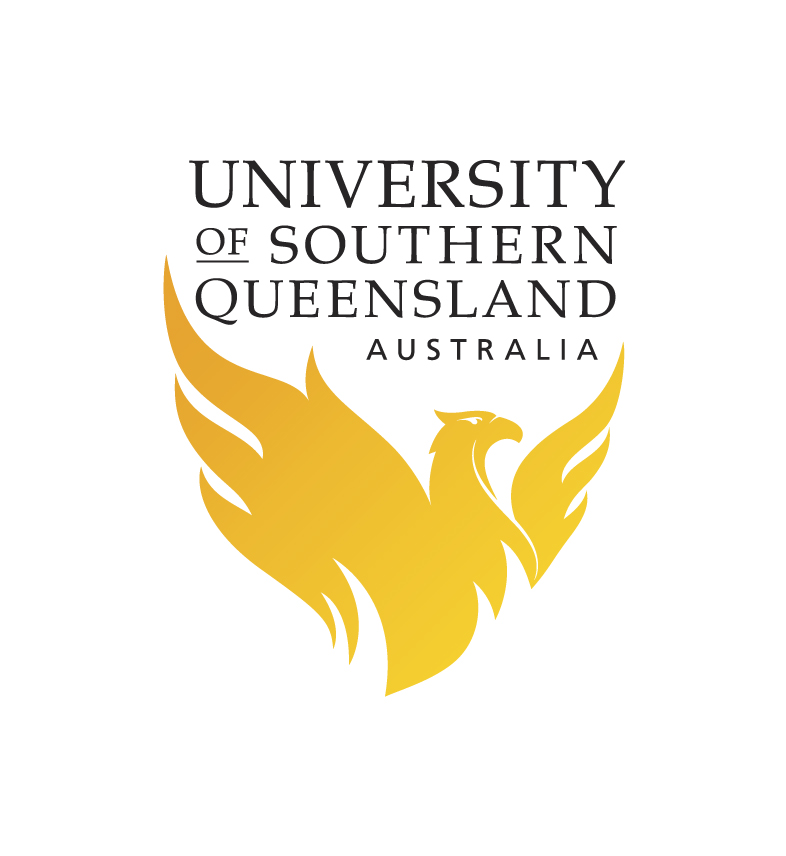Translate This Page
'Make studying in Australia your pathway to a bright future'


AUSTRALIAN UNIVERSITIES
Australia is home to quality education. Our education standards, research and facilities are recognised internationally. Our universities are ranked amongst the most prestigious, the top 100 in the world.
Australia’s higher education system takes into consideration any previous studies. The Education Department acknowledges all forms of prior learning. This means international students usually never entirely start from square one, whether it is credit transfer or acceptance of their entire degree.
Contact us Nowto commence your journey!
Programs
A full range of award and non-award programs are available in the following disciplines to satisfy most careers: Business and Economics, Law, Agriculture, Environment and Veterinary Science, Health, Science, Engineering and Technology, Architecture and Building, Creative Industries, Humanities, Social Science and Education and at all higher levels of education (Certificate, Diploma, Degree, Masters and Doctorate where appropriate). Many Courses are available on a full-time, correspondence (online) and exchange basis.
Admission Procedures
The admission procedures will vary from university to university and on a case by case basis depending on the university, location and course chosen. Full details on how to gain admission to an Australian University are available on their websites. The typical process is described by the following process:
Step-by-step International Admissions Process
STEP 1: Student makes inquiry, lodges application
Via agent, exhibition, email, web portal, phone or fax
STEP 2: International admissions assesses application
Assessed against academic eligibility and English proficiency requirements – sent offer if eligible
STEP 3: Student accepts offer
Student returns signed acceptance of offer forms and pays relevant fees
STEP 4: International admissions actions acceptance
International admissions issues Confirmation of Enrolment (CoE); schedules compulsory health insurance
(OSHC) and forwards pre‐departure and orientation information
STEP 5: Student applies for student visa
Via the Department of Immigration and Border Protection (DIBP)
STEP 6: Student makes travel and accommodation arrangements
STEP 7: Student arrives in Australia
Student uses advice provided by education provider
STEP 8: Student attends International student orientation
Student receives vital information and completes enrolment
STEP 9: Student establishes basic services
Including: banks, OSHC, phones, etc.
STEP 10: Student attends Academic orientation (does not apply to all courses/sectors)
Student receives vital course information and completes/updates enrollment
STEP 11: Student begins classes!


Duration
The duration of study programs range from: Bachelor Degrees - 3 to 4 years; Masters Degrees - 1 to 2 years and Doctoral Degrees - 3 years.
Entry Criteria
Australian educational institutions set their own minimum entry criteria. Students need to meet both a sufficient level of English language proficiency and the minimum academic requirements before they will be admitted. The criteria vary significantly based on the level of the program, the vocation/career to which it is relevant and the institution that offers it.
University Admission
Undergraduate degrees require an Australian Senior School Certificate of Education (year 12) or the overseas equivalent of this. Some degrees may also have certain prerequisite subjects and grades e.g. Mathematics and two sciences are required for a Bachelor of Science Degree (Marine Biology).
The English entry requirement for an undergraduate and postgraduate degree is usually an IELTS 6.0 or 6.5, with no sub-band lower than 6.0. Some programs in health, teaching and law might require international students to have an IELTS score of 7.
Most universities have specialised pathway programs such as Foundation Courses or Diploma courses that enable international students who do not meet academic requirements to gain entry. Diploma pathways provide a great option because often universities have three intakes per year and students will earn a year’s credit (usually 8 subjects) when they enter university degree studies. Entry into a Diploma course usually requires an IELTS score of 5.5, with no sub-band lower than 5.0
Admission times
Australian Educational institutions typically run 2 Semesters a year, but it is now becoming increasingly popular to run a summer school program (Semester 3). Semester 1 is typically February to June, Semester2 – July to November and Semester 3 November to February. Each institution has its own academic calendar – some also offer the flexibility of no set start date for certain courses. Enrolment dates without penalty are in the first couple of weeks of semester
Program Costs
Program costs vary significantly depending on level of course, status and location of Institution. The yearly cost of tuition for a Bachelor Degree is on average around $A21,750 per annum with costs of some programs as low as A$ 16,500 per annum.
Copyright © 2014 Electronic Business Solutions Pty Ltd All rights reserved.